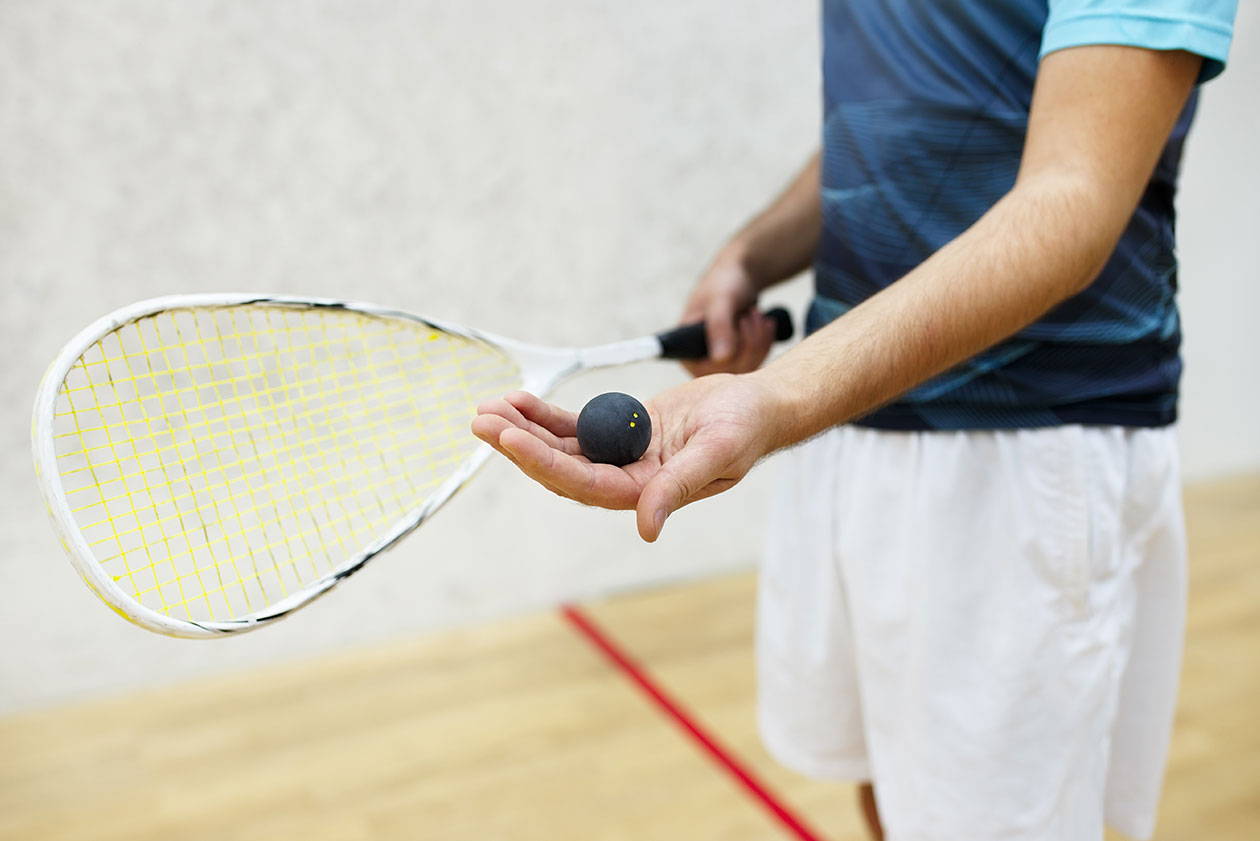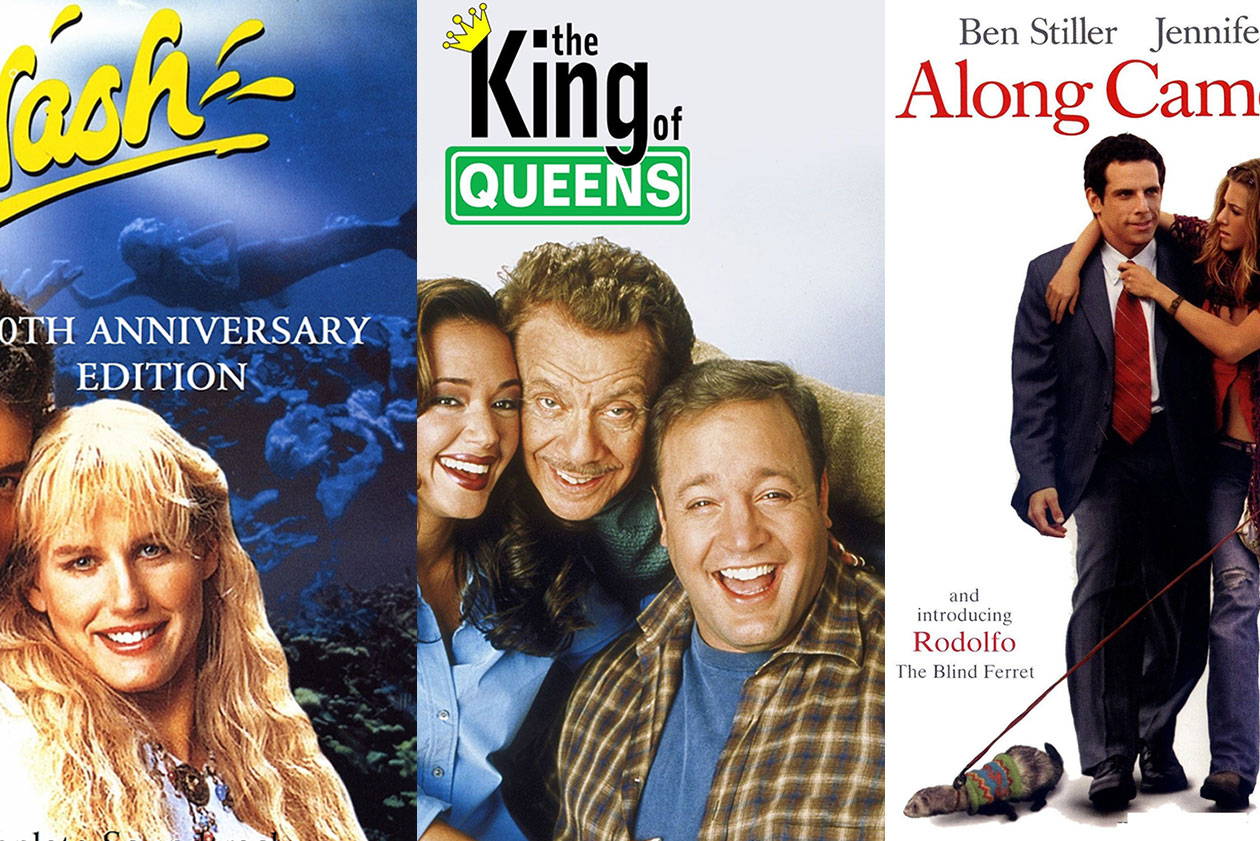Fitness Fire 🔥

Choosing the Right Racquetball Racquet Using Your Swing Speed, Swing Weight & More
Choosing the right racquetball racquet is vital to your game. We've gone over the basics before but now we're going to look at little d...

Our Favorite Racquetball Film Scenes
Some directors seem to use racquetball when they want to throw their main characters around and place them in really physically comedic si...
